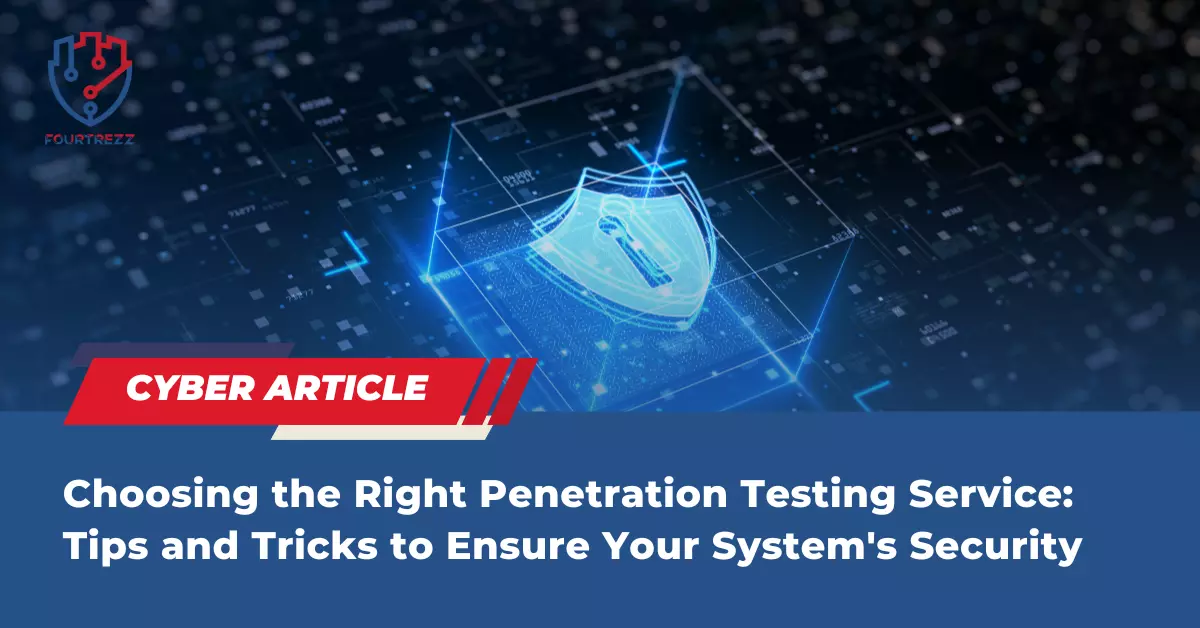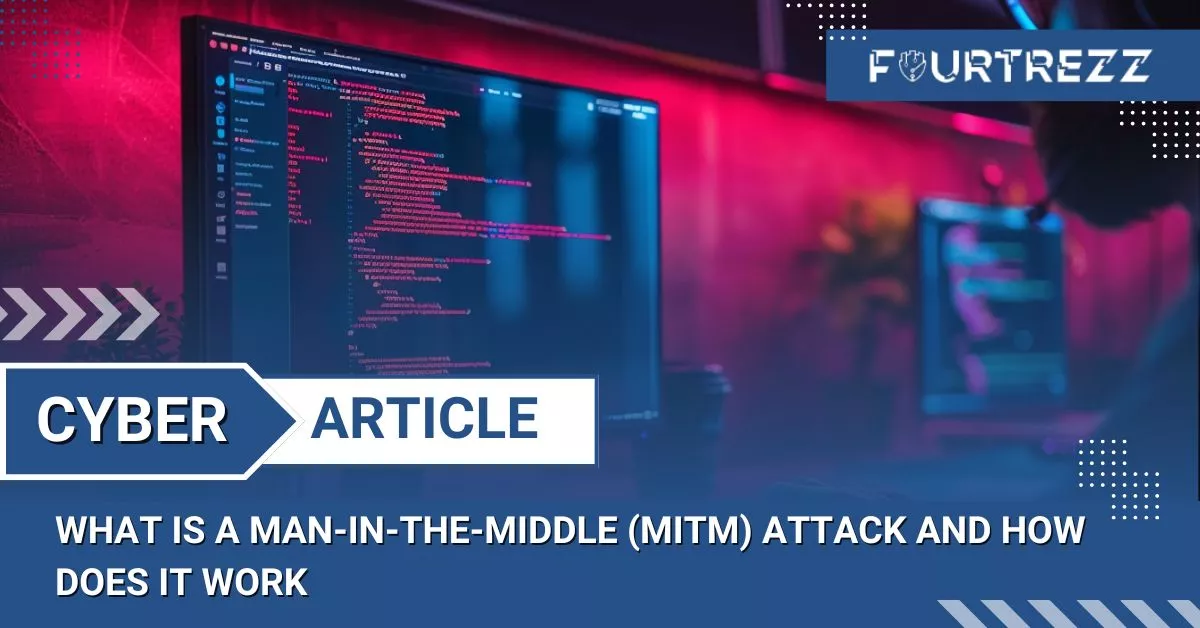Penetration Testing is a crucial method to secure your system against hacker attacks. However, picking the right pentest service can be a daunting task, given the multitude of companies offering such services. When making a decision, consider what you expect from the service and who will be entrusted with access to your valuable business data. Remember, the person granted access can infiltrate your system and gain insights into customer information, confidential company research, and other critical data. Ensure you select a trustworthy company that meets your needs.

Securing your system against hacker attacks is vital, and one way to achieve this is through pentesting. But before deciding to execute a pentest, it’s essential to understand the type of pentest that aligns with your needs. Thorough research and understanding of the available pentest types are necessary to select the right vendor. Whether you want to test your web application’s security, your internal/network system, your external defenses, your mobile application, your IoT devices, or even through Social Engineering, pick a pentest that matches your requirements and ensure the chosen vendor can deliver.
The choice of pentest method is pivotal to ensure your system’s security, indicating the level of access you’re prepared to grant to ethical hackers. Some available pentest methods include:
- White Box – An internal pentest method revealing the potential damage an authorized user can cause. Customers provide the vendor with full access to network infrastructure schemes, source code, and IP addresses. This method might include a security code review.
- Grey Box – A pentest method where ethical hackers get only partial access to a specified system. With such access, pentesters can act like attackers spending prolonged periods within the network. Customers provide pentesters with internal accounts and certain privileges. Test results show if the organization is well-protected from within and how easily hackers can access vital data. The tester examines security policies and conducts network design tests.
- Black Box – A blind test method where ethical hackers lack information about network structure, protection, security policies, or software. This method simulates situations when there’s an external threat. The primary task for ethical hackers here is to infiltrate the target system—testing external defense lines. Upon entry, the pentester tries to progress, gaining easier and more extensive access.
Tips on Choosing the Most Suitable Pentest Vendor
- Check the Vendor’s Experience
Picking the right pentest vendor is crucial for ensuring your system’s security. One way to ensure the reliability of your chosen vendor is by researching their reputation and experience, considering their client list and feedback from previous collaborators.
- Examine Their Certifications
All top certifications for pentesters include OSCP, OSCE, CEH, CCNE, MCP, GIAC, and more. Ensure the vendor holds certifications that align with your needs.
- Consider the Vendor’s Experience
Another factor to inspect is how long the vendor has been in the market and their experience across various industries and environments. This will give you an idea if the vendor possesses the knowledge and experience to conduct pentests in line with your needs.
- Learn about the Vendor’s Contributions to the Security Community
Check if the vendor has made significant contributions to the security community, through platforms like Github, the research they’ve published, and their blog articles. This can indicate the vendor’s commitment to enhancing cybersecurity and their expertise in the field. It can also provide insights into the vendor’s competence and professionalism.
Manual and Automated Testing
Effective Penetration Testing should encompass a combination of several tools and manual techniques.
- Manual Testing: Pentesters mimic attacker behavior and industry trends, employing various attack methods. Manual tests can help detect vulnerabilities that might elude automated tools.
- Automated Testing: Automated tools can swiftly identify certain vulnerabilities but can’t detect them all. While they speed up the process, they tend to generate false positives.
- Combination of Manual and Automated Testing: A blend of manual and automated tests yields the most effective results. This approach minimizes overlooked vulnerabilities in manual or automated tests.
Does the Vendor Include Remediation Testing in Their Penetration Testing Service?
It’s beneficial to seek vendors offering retesting options. Retesting occurs after enhancing your security system based on Penetration Testing outcomes. Firstly, remediation testing ensures all vulnerabilities are addressed, and your security system can effectively thwart malicious hacking attempts. Secondly, post-remediation, you receive a more concise and comprehensive final report.
Ensure You Receive Proper Documentation
Ask potential vendors about the contents of their reports. A comprehensive report should include:
- Description of detected vulnerabilities, including technical details and potential system infiltration methods.
- Remediation steps to address these vulnerabilities.
- Screenshots, videos, or other evidence showcasing vulnerability detection.
- Details of every vendor action, including used tools, employed techniques, and testing duration.
- Risk analysis explaining the potential impact of these vulnerabilities if left unaddressed.
- Recommendations for future security enhancements.
- A concise and comprehensible Executive Summary for top management.
Ensure your chosen vendor delivers a detailed and understandable report, enabling you to take necessary actions to enhance your system’s security swiftly.
Remember, a good Penetration Testing vendor should offer more than just certifications. They should provide tactical recommendations you can implement to address your system vulnerabilities immediately and in the long run. Their security team should tailor solutions to your situation, offering advice based on their investigative experience. Remember, Penetration Testing is an ongoing process, and you should continuously collaborate with your vendor to improve your cybersecurity posture.
In conclusion, it’s essential to select the right pentest vendor for your cybersecurity needs. Ensure you check the vendor’s experience and reputation, pentester certifications, and their contributions to the security community. Don’t forget to confirm the vendor offers remediation testing and comprehensive documentation. This way, you can ensure you’re making the right choice to protect your business from malicious hacker attacks.
Fundamentally, companies conduct pentests to validate industry standards and regulatory requirements (like HIPAA, GDPR, SEC, CMMC). However, try not to focus solely on requirements and maximize the benefits of Penetration Testing. This proactive approach to cybersecurity allows you to protect yourself before experiencing highly damaging breaches.










